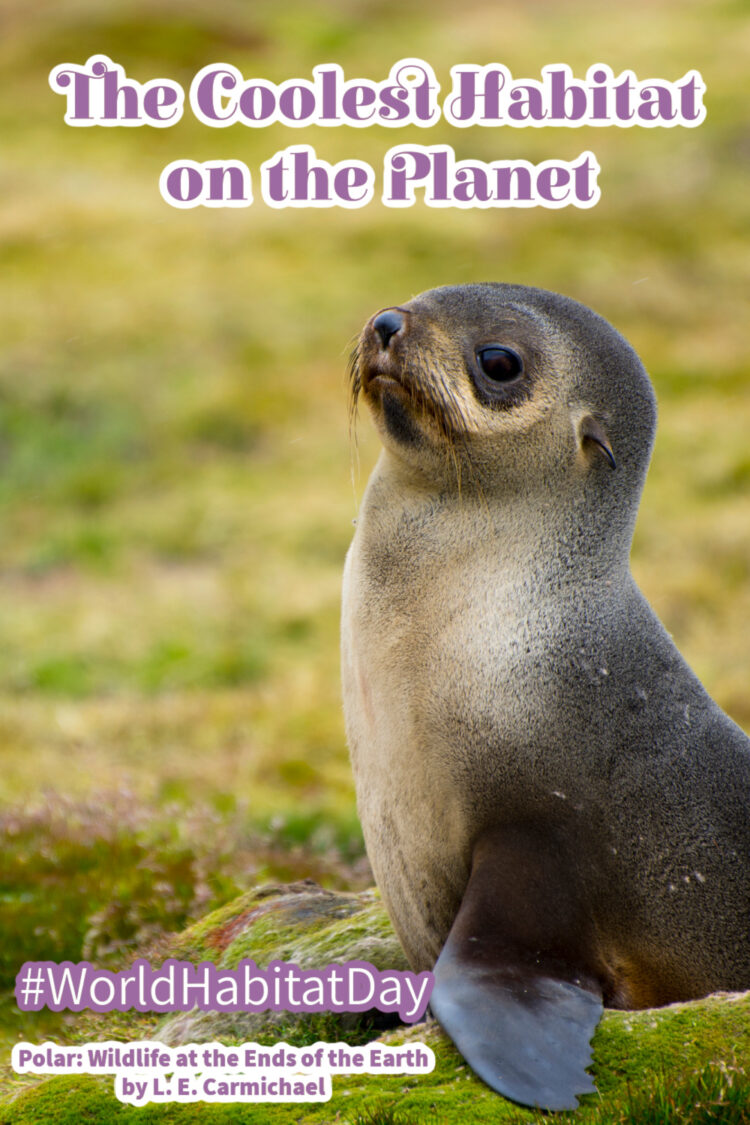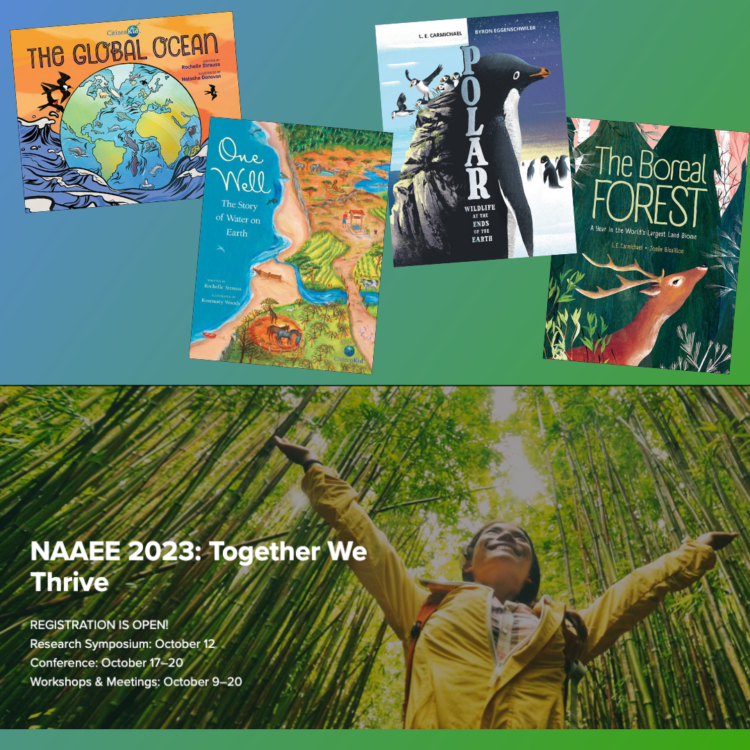 It’s World Habitat Day! And what better habitat to celebrate than Antarctica – a place like nowhere else on Earth.
It’s World Habitat Day! And what better habitat to celebrate than Antarctica – a place like nowhere else on Earth.
What Makes Antarctica Special?
One reason Antarctica is so unique is because it’s been isolated from the rest of the planet for about 20 million years: ever since the Antarctic Circumpolar Current formed. The ACC – you guessed it – is an ocean current that circles the continent of Antarctica, separating the cold waters of the Southern Ocean from the warmer waters further north. Air temperatures and weather patterns also shift at this front. Sea ice doesn’t form north of the current; icebergs, albatrosses, and Antarctic penguin species only occur south of there.
The ACC and Antarctica’s high elevation combine to make it the coldest place on the planet – Earth’s record lowest temperature was recorded in Antarctica. It was -89C, if you’re curious. At -50C, exposed human skin freezes in less than 2 minutes. I’ve experienced -50C, and I can’t even imagine how much colder -89C would feel!
Another thing that makes Antarctica unique? There are no terrestrial predators! There are predatory birds and predatory seals and whales, but no wolves or bears or weasels. Some scientists believe this may be one reason penguins lost the ability to fly – without land-based predators to escape from, they no longer needed to take to the skies. Protection from predation also means penguins* (and other birds) can nest on flat land, instead of clinging to cliffs the way puffins and other seabirds do in the Arctic.
Speaking of the land, did you know that less than 0.5% of the continent of Antarctica is exposed rock? That rock is found along the coastlines (in summer) and on nunataks – the tippy-tops of mountains that stick up above the ice sheets. Seabirds like petrels nest on inland nunataks, sometimes hundreds of miles from their food sources in the oceans. There’s evidence that some of the colonies have been used for millennia: if you want to know more, book me for an author visit! That gross-but-cool evidence is a crowd-pleasing highlight of my (Ant)Arctic Adaptations program.
And there are only two flowering plant species in all of Antarctica: hair grass and antarctic pearlwort. The only other green things are moss, lichen, and the algae that grows in the guano-rich runoff from penguin colonies!
How Can We Protect This Unique Place?
Any habitat that’s formed in isolation is particularly vulnerable to change. We all know how climate change is impacting Antarctica, but that’s not the only threat this delicate place is facing.
Humans have only been in Antarctica for about 100 years, but despite our best efforts, we’ve already altered the ecosystems. On the sub-Antarctic islands (where many penguin and seal species reproduce), introduced animals like rodents, livestock, and pets have had major impacts. Introduced insects have been found in the Antarctic Peninsula, and introduced plant species have the potential to spread south as climate change continues. There’s no way of knowing which species – whether introduced intentionally or accidentally – will become invasive, especially as Antarctica becomes a popular destination for adventurous tourists.
The good news is that Antarctica is protected by some of the strongest conservation measures anywhere in the world. But there’s still more we can do to help. One way is by continuing our efforts to reduce our carbon footprints – a thing that helps ALL the habitats on Earth. Another way is by learning more about the issues Antarctica faces, and if we are able, donating to organizations that are working to protect this precious, delicate place.
Here are some great places to start:
World Wildlife Fund: The Antarctic
Greenpeace: Protect the Antarctic
Antarctic and Southern Ocean Coalition
Calling all educators! I’m presenting at the North American Association for Environmental Education conference later this month, with fellow children’s science author Rochelle Strauss. The event is virtual, registration is open, and we’d love to see you there!

*Side note about penguins. Did you know they are the first aquatic dinosaurs? It’s true! Penguins are dinosaurs because they (and all other birds) evolved from ancestors that were dinosaurs. And they are the first aquatic dinosaurs because marine reptiles like mosasaurs and ichthyosaurs and long-necks plesiosaurs are not, in fact, dinosaurs – they are a separate branch of the reptile family tree.